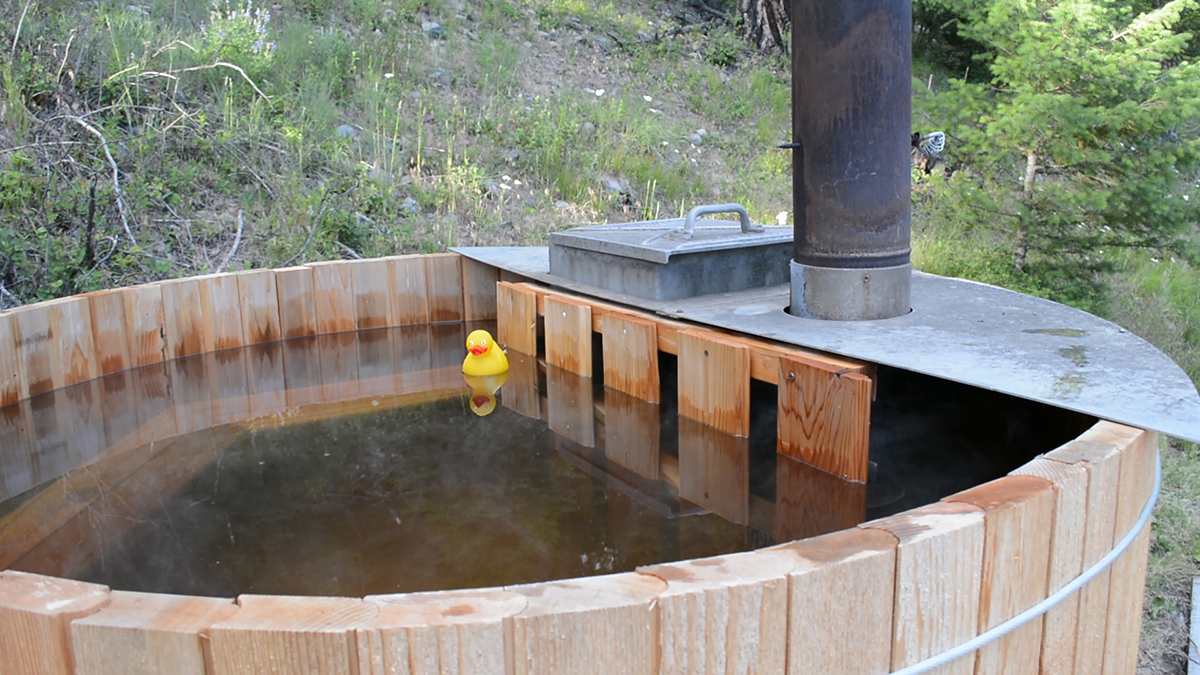Our lives have never been the same since we left the comforts of the city to move to an off grid property deep in the Idaho mountains. We are building an off-grid homestead from the ground up (and blogging about it at purelivingforlife.com). We have the mentality that it’s better for the mind and body to start small and slowly build up to bigger projects, so rather than tackling the difficult task of constructing our house right away, we decided to start with something a little more, well, relaxing. We wanted to build something that would make it easier to build our home and something that could ease our sore muscles. A wood fired cedar hot tub seemed like the perfect project.
Why choose to build a wood fired hot tub?
Because we live off grid, our electricity is limited. Though a full solar set up is our dream for the future, all we have right now is an electric generator. A propane-powered system was an option, but seeing that we live in the middle of the woods it seemed silly not to take advantage of the free wood fuel all around us.
What is the advantage of using cedar?
Our initial plan was to build a cheap and simple “cowboy” hot tub, but we soon became captivated by the allure of building with cedar. This gorgeous wood would add a touch of refinement to our home, be more durable, and would be a whole lot more fun to experiment with!
Check out our hot tub series!
Cedar hot tubs are expensive, costing anywhere from $3,000- $7,000 to buy. We wanted to go a cheaper route by getting deals on materials and doing everything ourselves, and we thought it would be useful to others if we documented the process. When everything was done, we had only spent about $850 for the entire project. Not too shabby. If you want to see a list of tools that were needed to complete this project look here, and keep reading for farther building instructions.
























